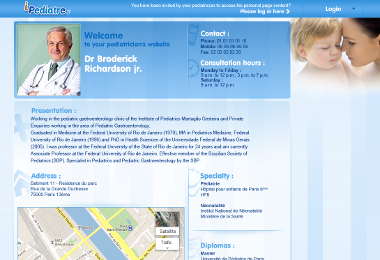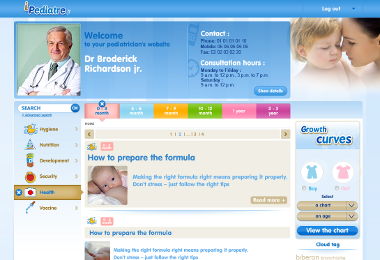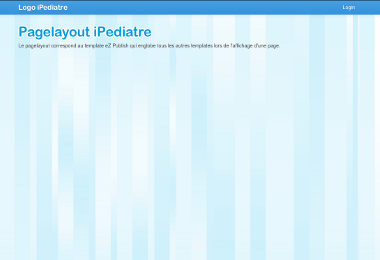1. Téléchargement
Télécharger les sources
Pour récupérer l'archive complète du projet avec les fichiers LESS et scripts de création.
2. File structure
ipediatre/
├── css/
│ ├── bootstrap.css
│ ├── bootstrap.min.css
├── js/
│ ├── bootstrap.js
│ ├── bootstrap.min.js
└── img/
├── glyphicons-halflings.png
└── glyphicons-halflings-white.png
4. Basic HTML template
With a brief intro into the contents out of the way, we can focus on putting Bootstrap to use. To do that, we'll utilize a basic HTML template that includes everything we mentioned in the File structure.
Now, here's a look at a typical HTML file:
<!DOCTYPE html PUBLIC "-//W3C//DTD XHTML 1.0 Transitional//EN" "http://www.w3.org/TR/xhtml1/DTD/xhtml1-transitional.dtd">
<html xmlns="http://www.w3.org/1999/xhtml" xml:lang="en" >
<head>
<title></title>
<script src="http://code.jquery.com/jquery-latest.js"></script>
</head>
<body>
<h1>Hello, world!</h1>
</body>
</html>
5. Exemples
Quelques exemples de pages HTML pour iPediatre (et quelques exemples résiduels de Twitter Bootstrap).
En savoir plus?
Pour en savoir plus sur l'aspect technique du site iPediatre, consultez donc la documentation
Lire la documentation iPediatre

